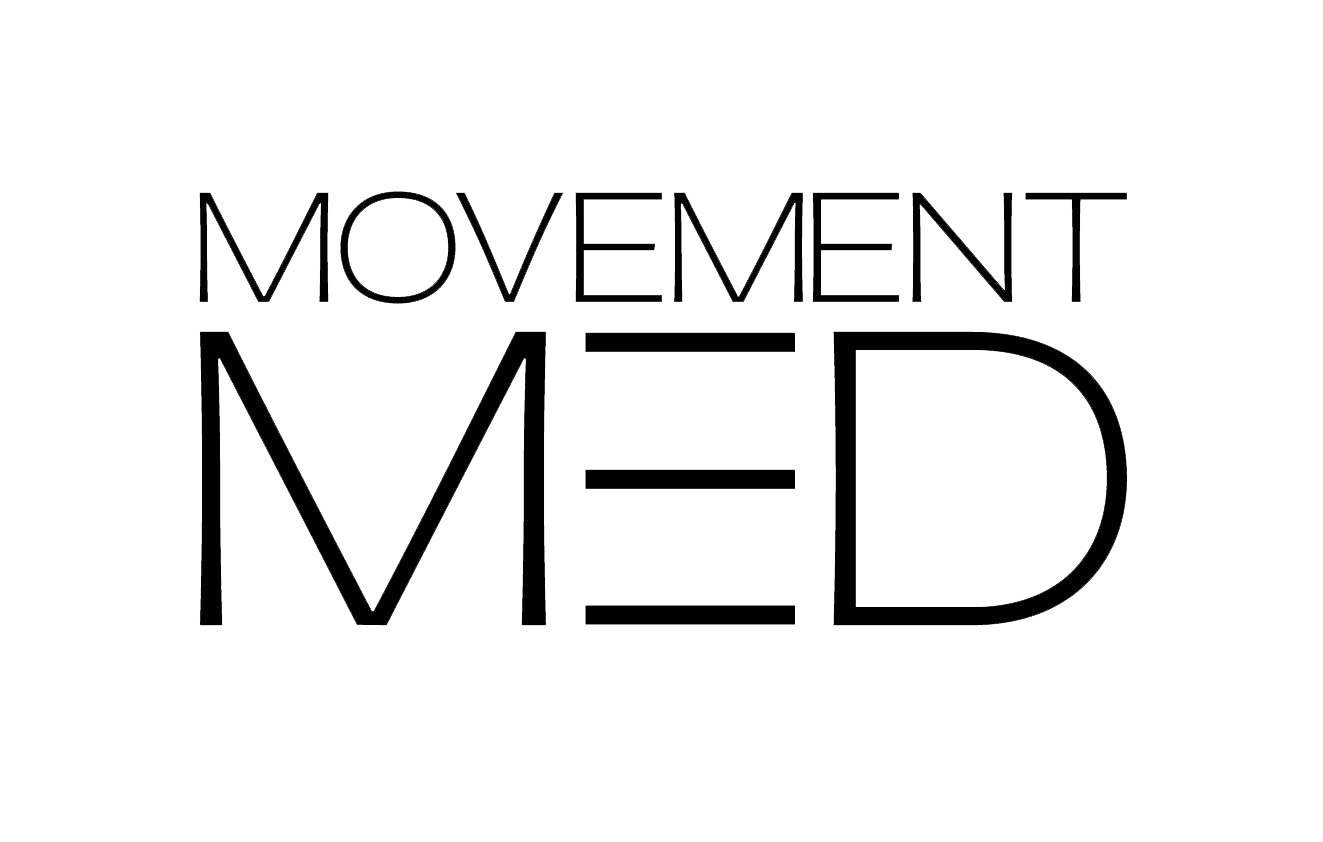Spinal Cord Injury training and Pilates
Those familiar with Pilates know this stability and strength training modality is all about the core. Pilates is also a well-established exercise series to help support spinal health and alleviate back and neck pain, but did you know that this training also offers several benefits for patients with spinal cord injury (SCI)?
Core Strength and Stability
Pilates focuses on strengthening the core muscles, which is crucial for SCI patients
A strong core provides:
Improved balance and posture
Enhanced stability for safer and more effective movement
A stable center of gravity, essential for those with limited mobility
Adaptability
Pilates exercises can be modified to suit different levels of paralysis and mobility
For individuals with lower limb paralysis:
Focus can be placed on upper body and core exercises
Shoulder stability and arm strength can be improved through modified movements
For those with some lower limb function:
Spring resistance on equipment like the Reformer can be used to effectively strengthen legs without full weight-bearing
Exercises can be performed in seated or lying positions to accommodate balance issues
Use of Specialized Equipment
Pilates equipment offers unique advantages for SCI patients:
The Reformer, Cadillac, and Wunda chair provide versatility with adjustable spring tensions. Additionally, equipment can support the body in various positions, allowing for a wider range of movements1
. This adaptability makes it accessible for many SCI patients, allowing them to engage in physical activity that respects their body's capabilities.
Muscle Maintenance
Regular Pilates practice helps combat muscle atrophy, which often leads to reduced activity and further injury, common concerns for those with limited mobility due to SCI1
. By activating and strengthening various muscle groups, Pilates can:
Maintain muscle tone
Prevent atrophy
Reduce secondary complications
Circulation and Spasticity Management
Pilates can improve circulation, which is beneficial for SCI patients as:
Better circulation delivers more oxygen and nutrients to muscles and improves overall cardiovascular health.
This improved blood flow can help slow down muscle atrophy and reduce the risk of blood clots
Enhanced circulation also aids in removing waste products from muscles, promoting better muscle health
· Stretching and movement exercises in Pilates can help manage spasticity, reducing muscle stiffness and improving flexibility
Respiratory Health
Pilates emphasizes proper breathing techniques, which is particularly beneficial for SCI patients whose respiratory systems may be compromised
. The breathing exercises can:
Strengthen respiratory muscles
Improve lung capacity
Holistic Well-being
Beyond physical benefits, Pilates offers a holistic approach to health for SCI clients by:
Encouraging mindfulness and concentration
Promoting a connection between mind and body
Improving mental health and providing a sense of empowerment
With over 18,000 new spinal cord injuries happening a year and roughly 296,000 people living with an SCI in the US, you or someone you know may likely be experiencing the health concerns due to an SCI. Pilates can be a supportive and challenging form of exercise to maintain, strength, balance and overall well-being for SCI clients. If you want to learn more, reach out to us at Movement Med.
Erica Mott
Movement Med Instructors have had extensive training in working with clients with spinal cord injuries. Please contact us for more information.
